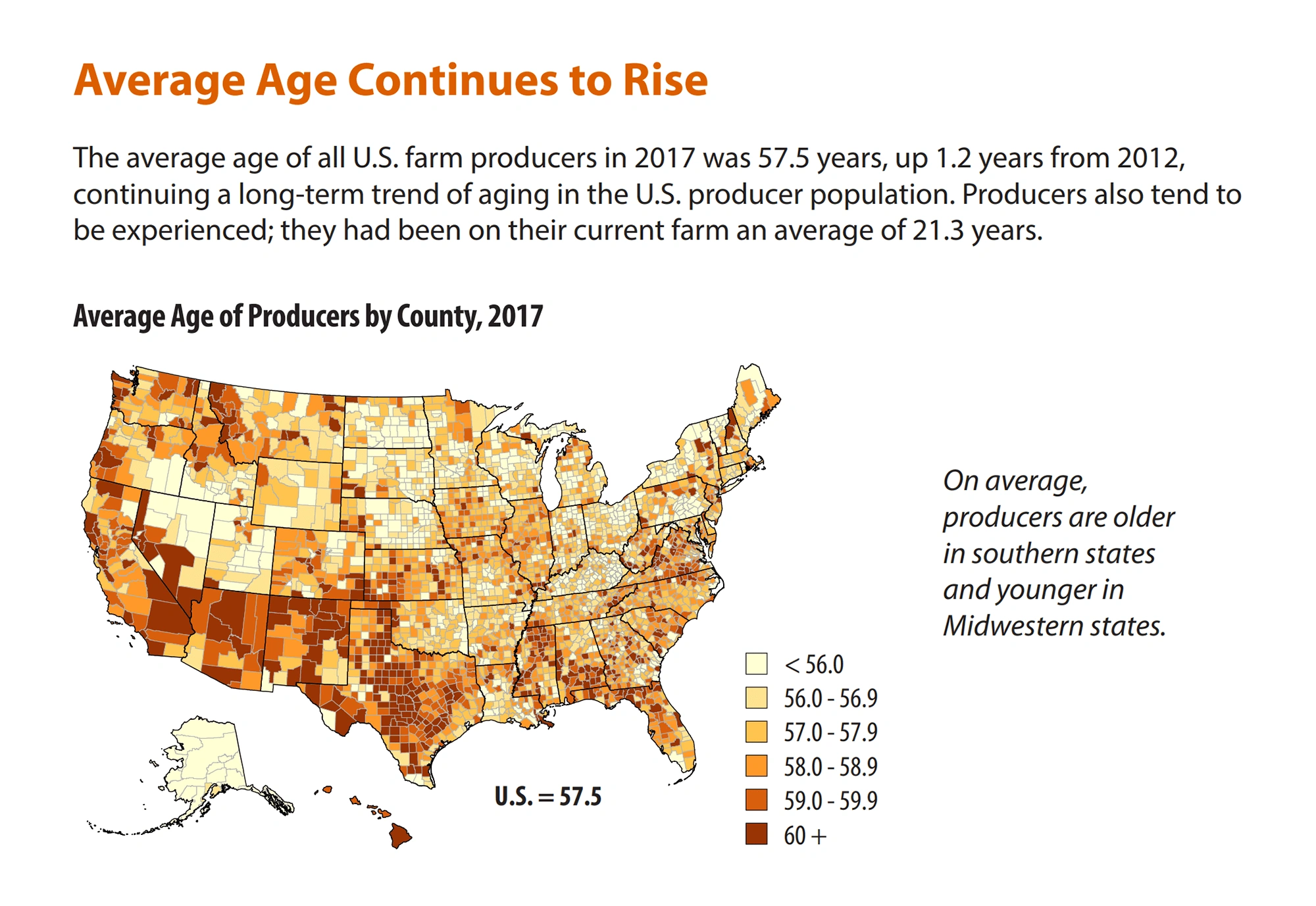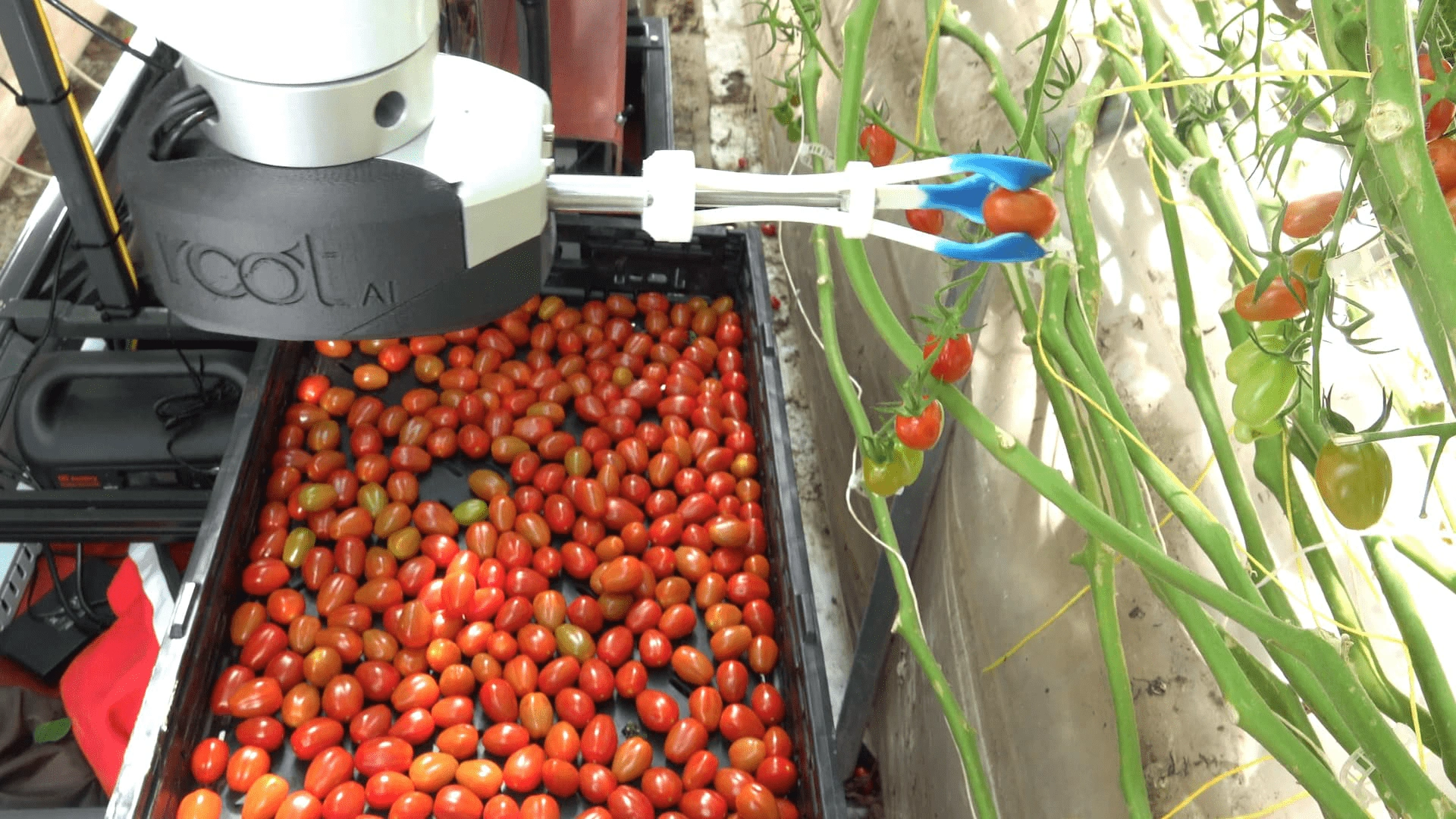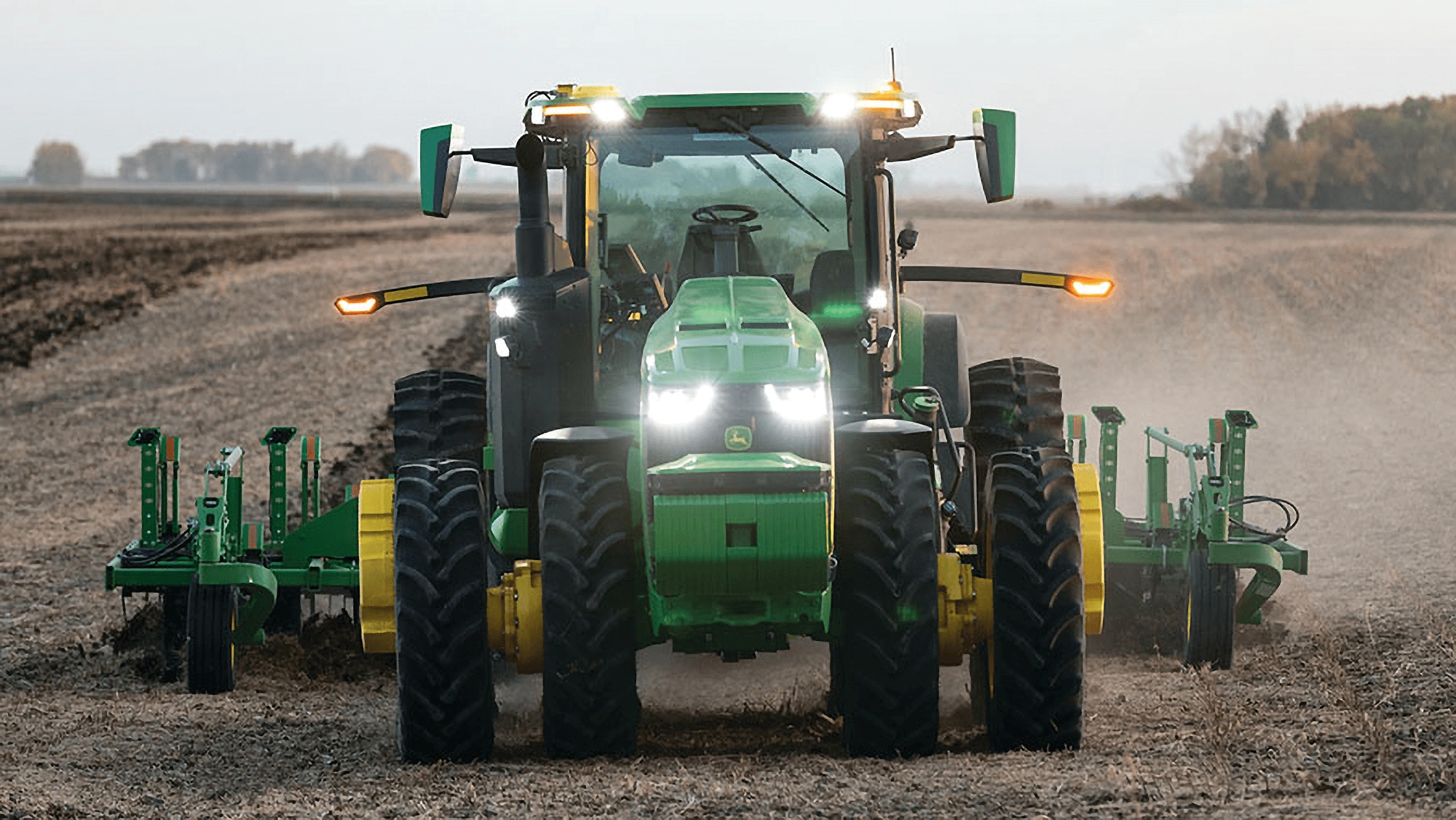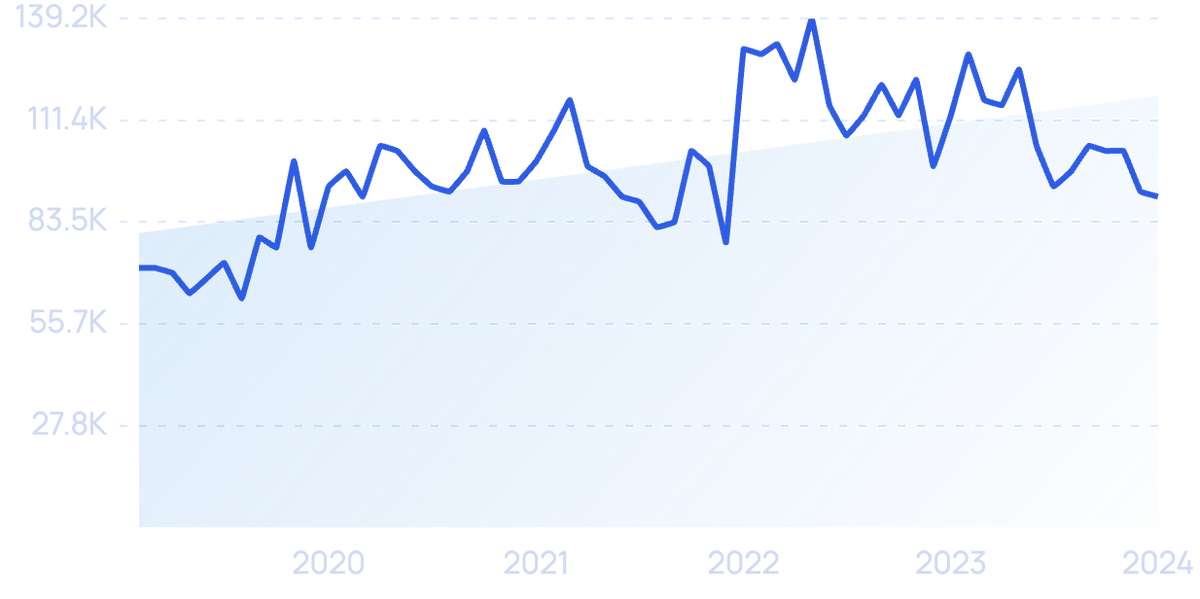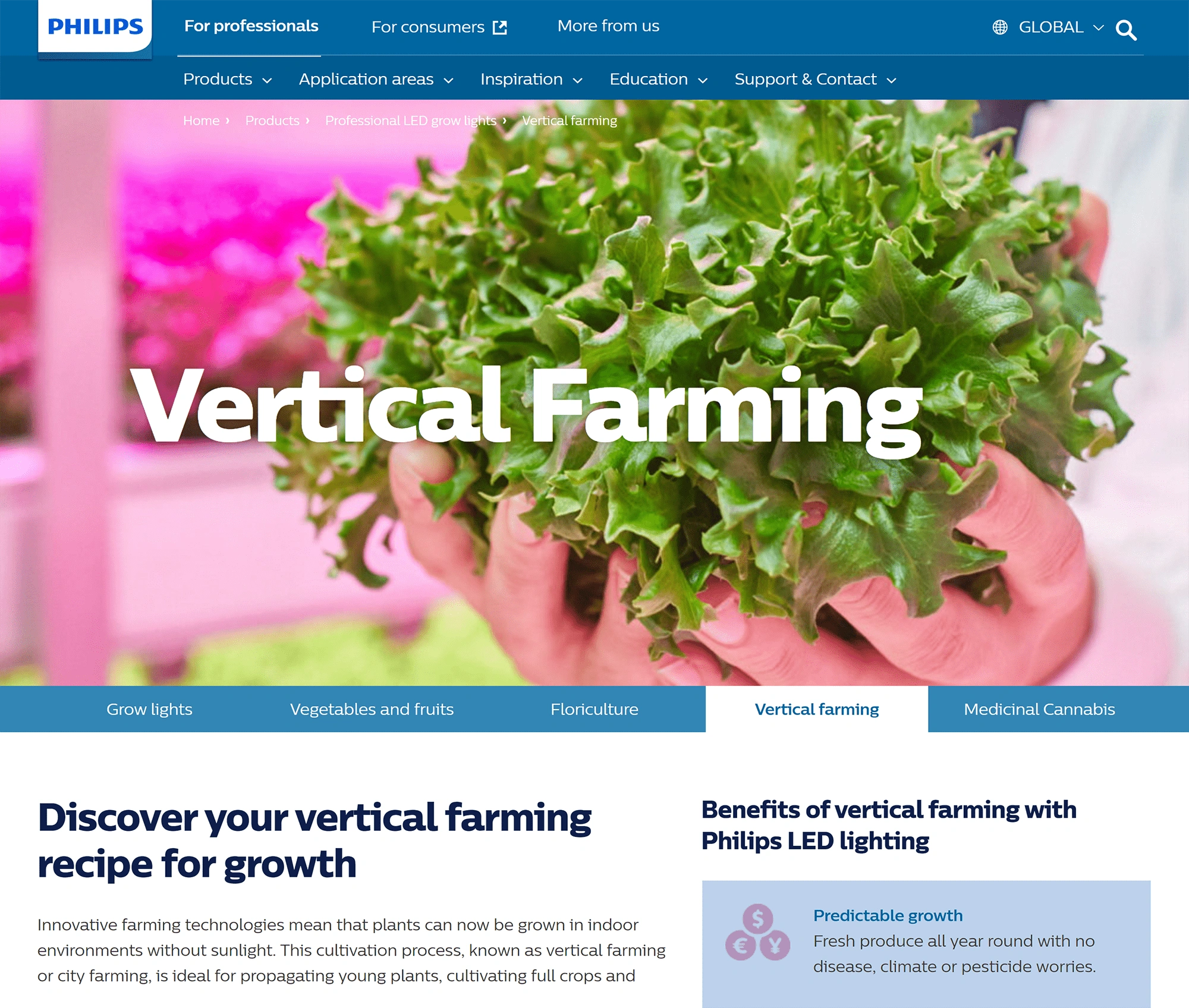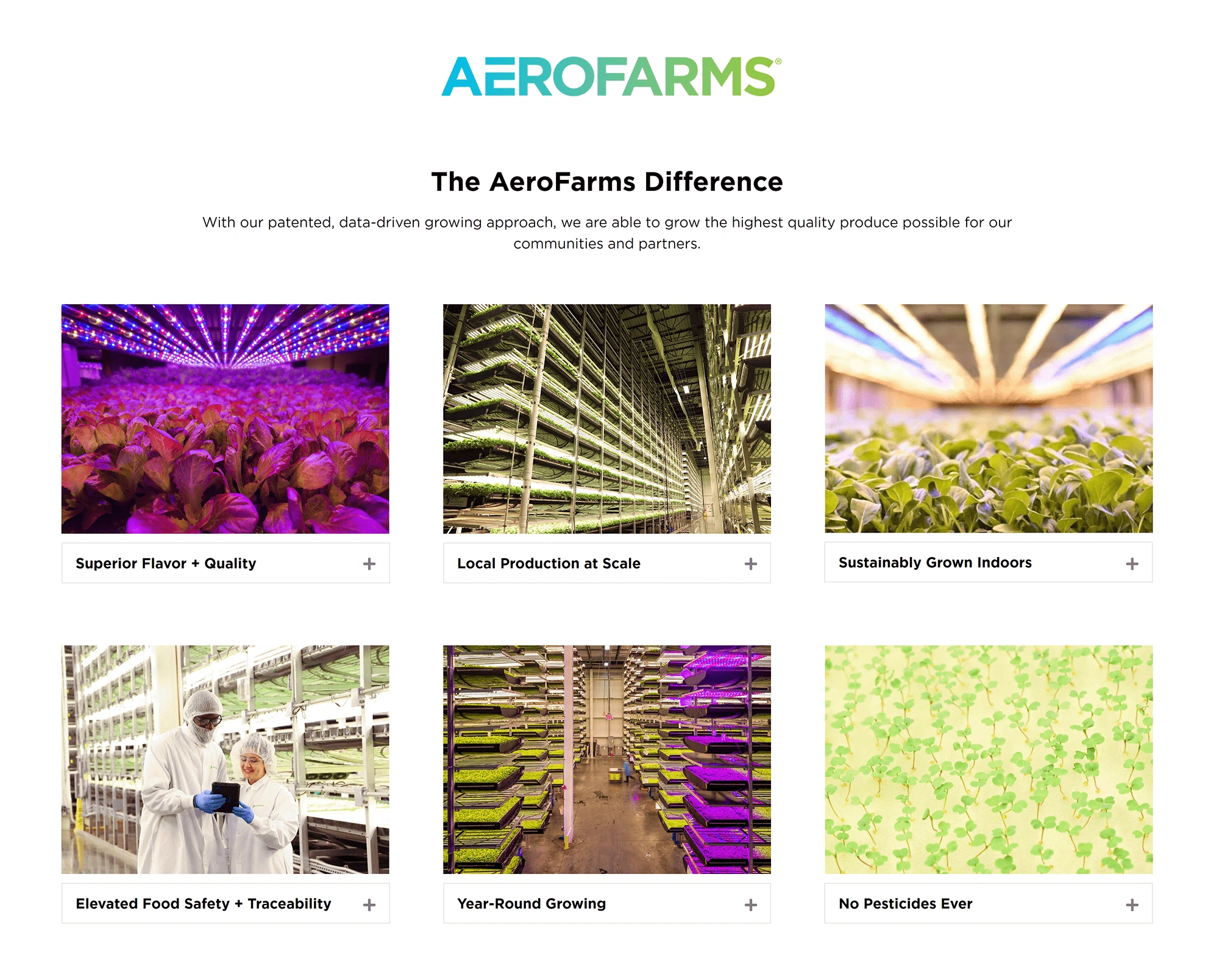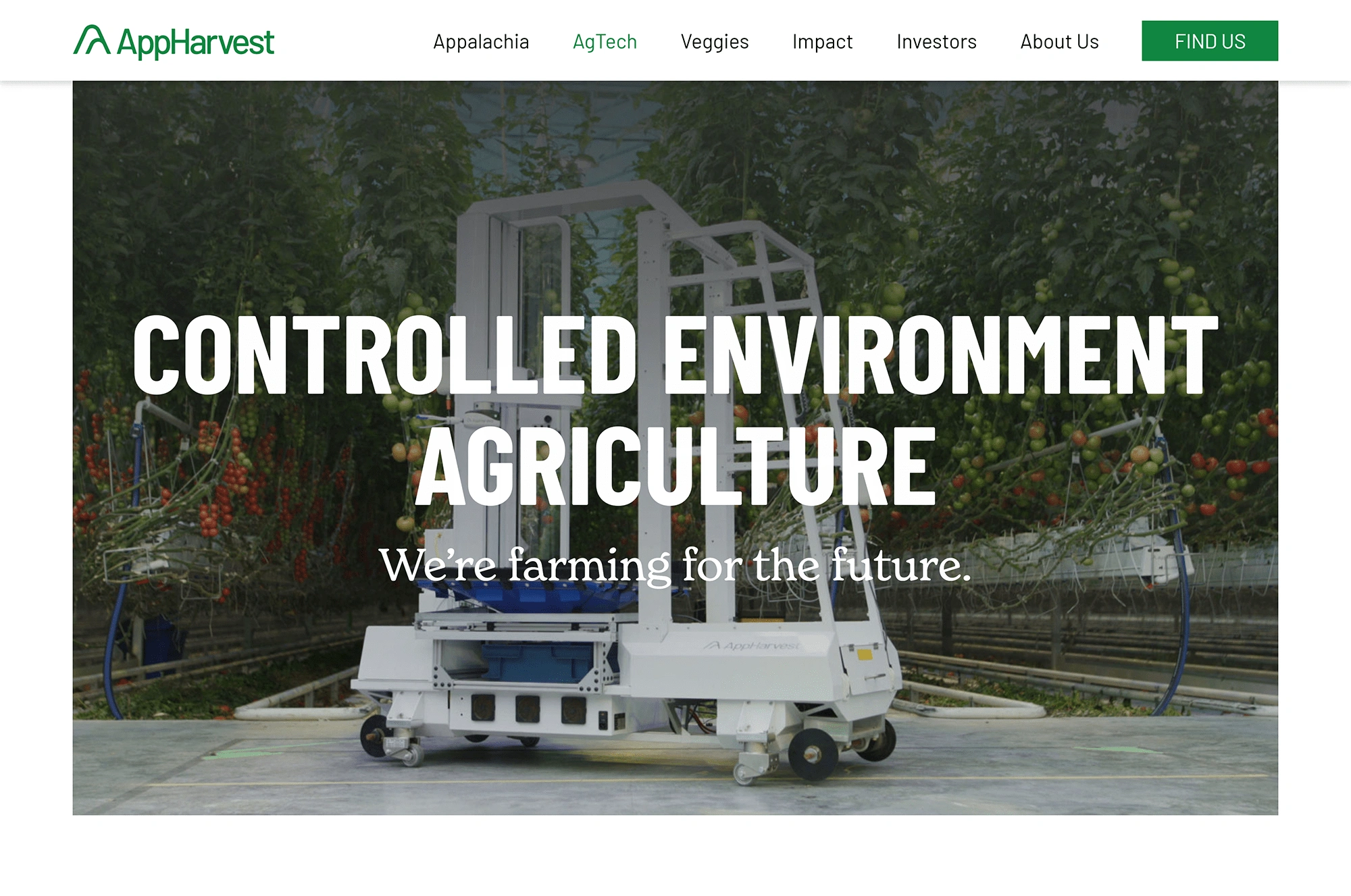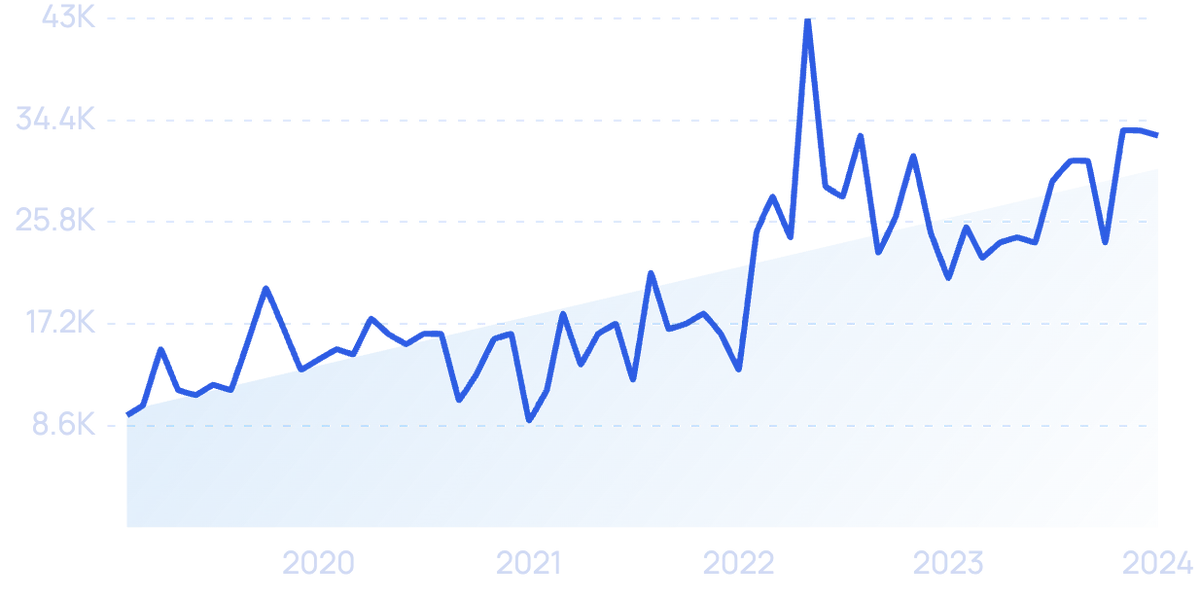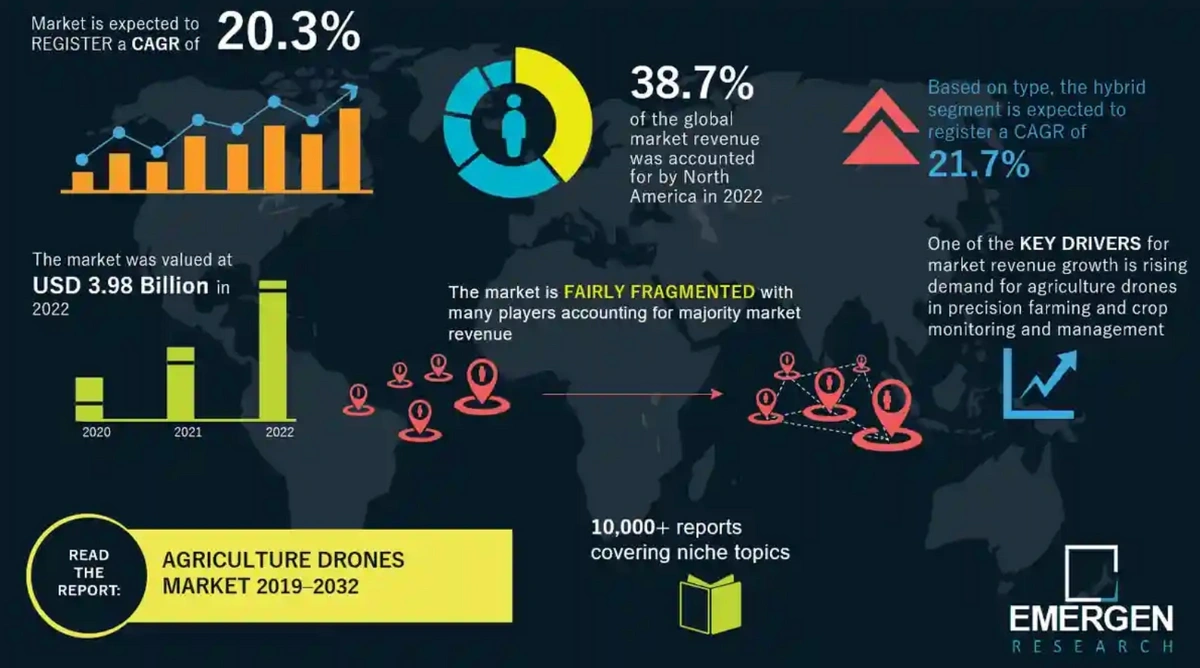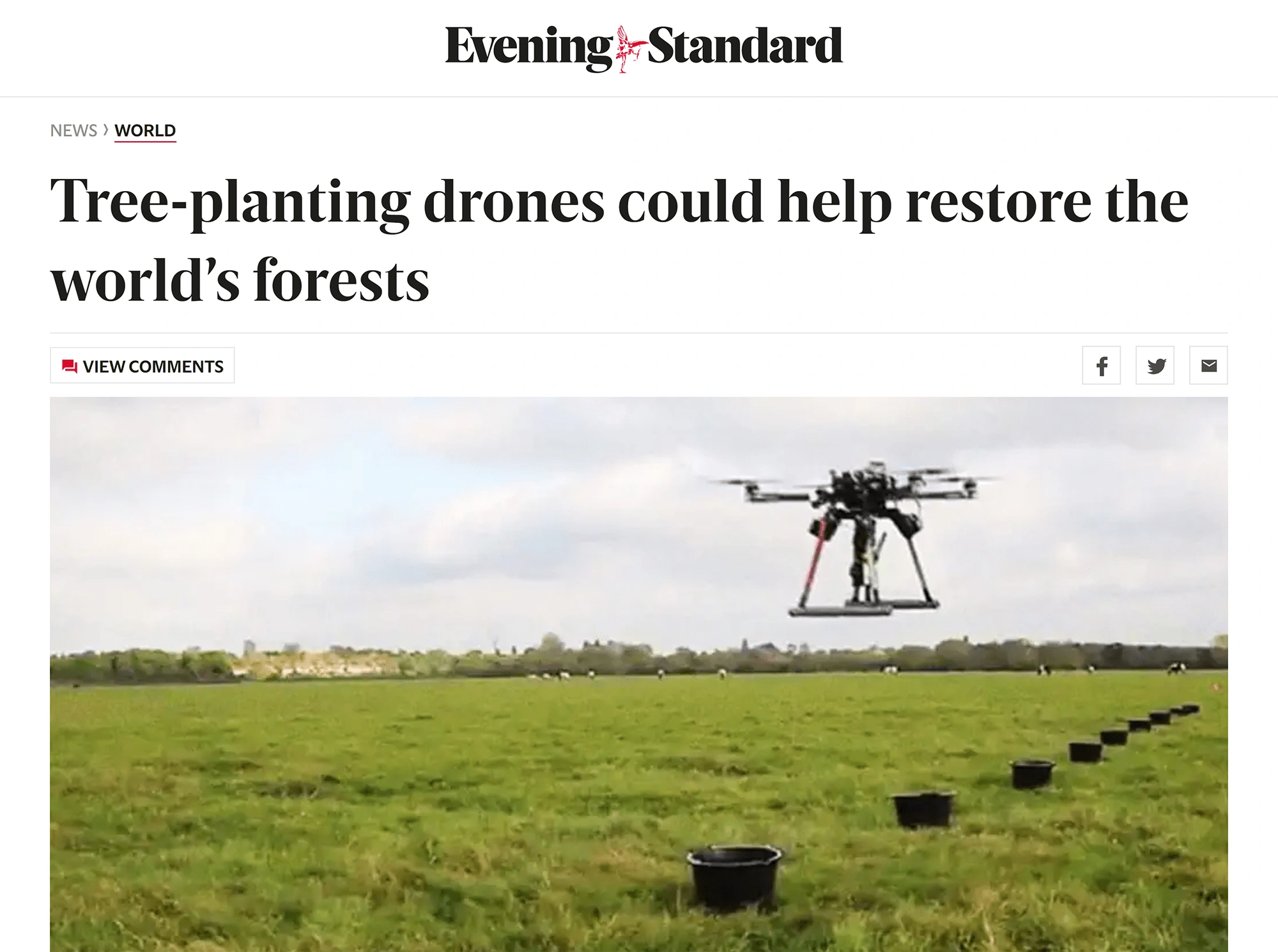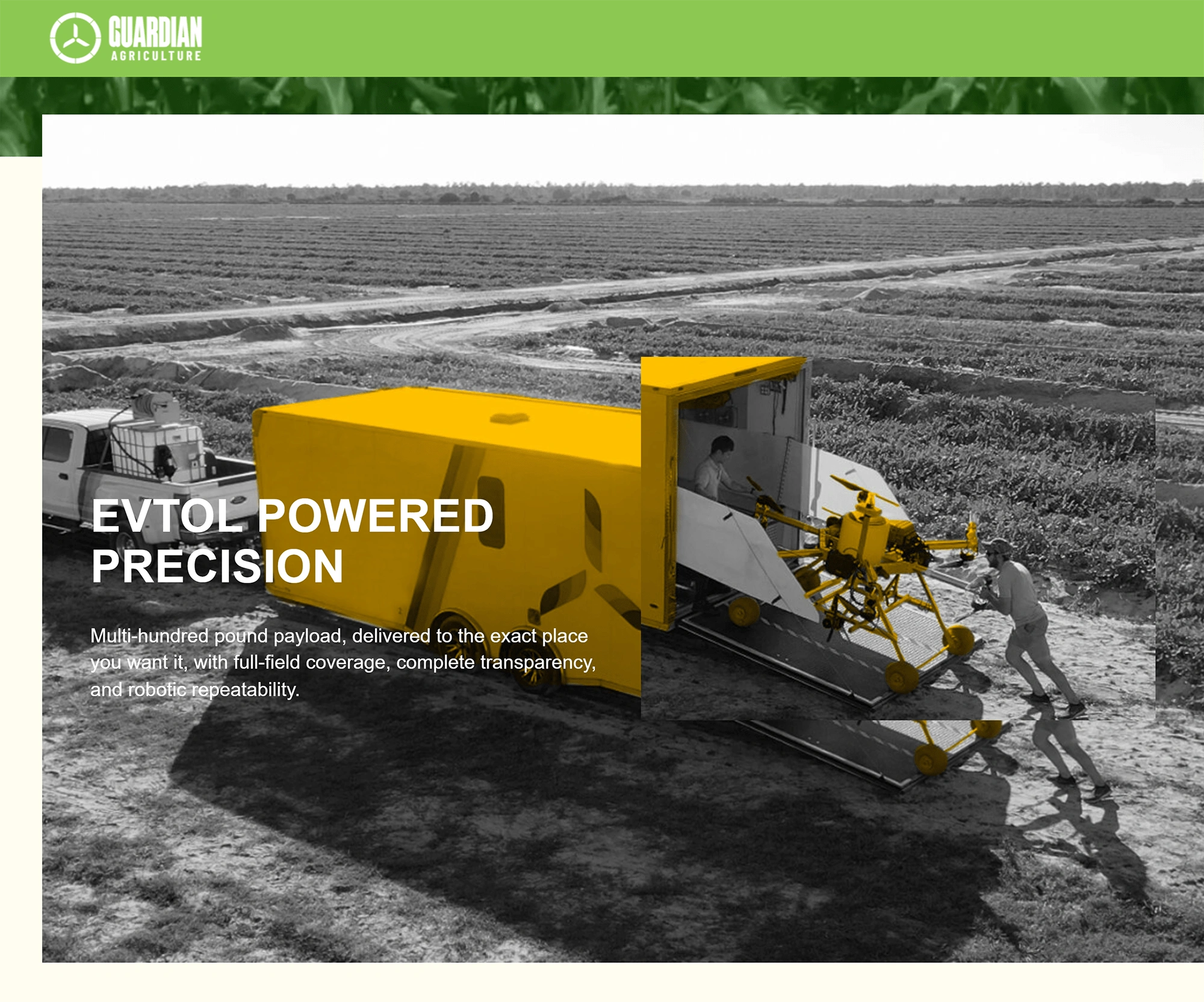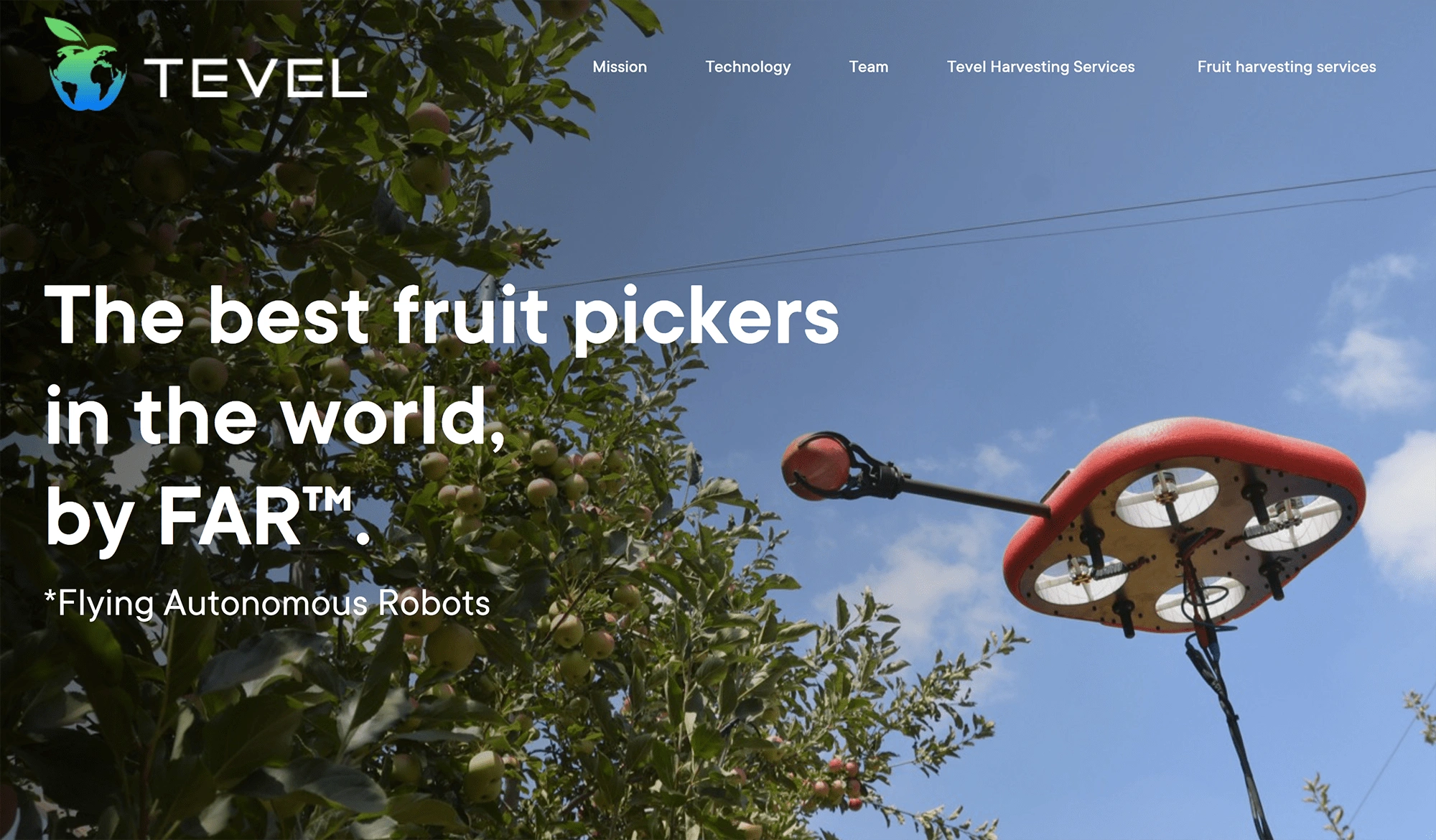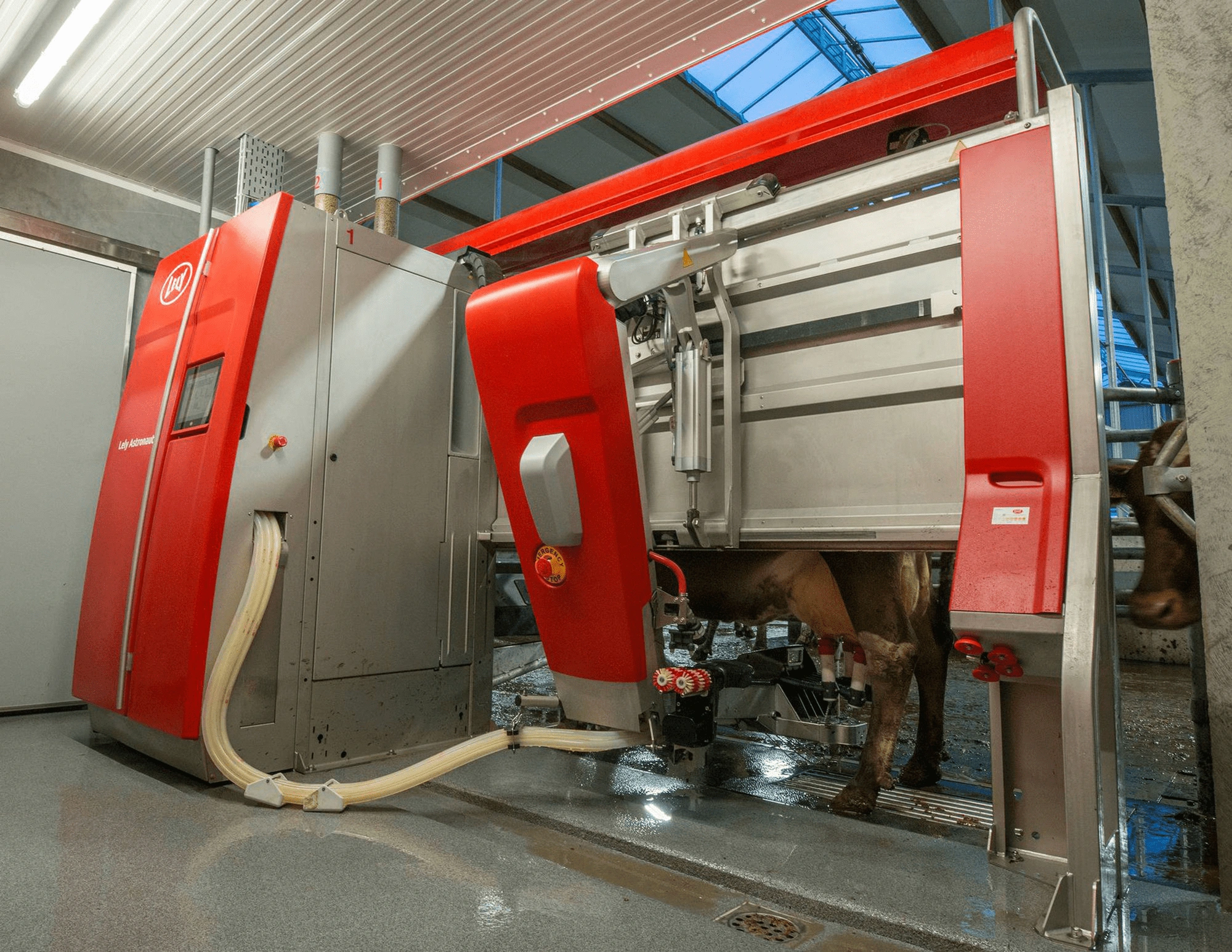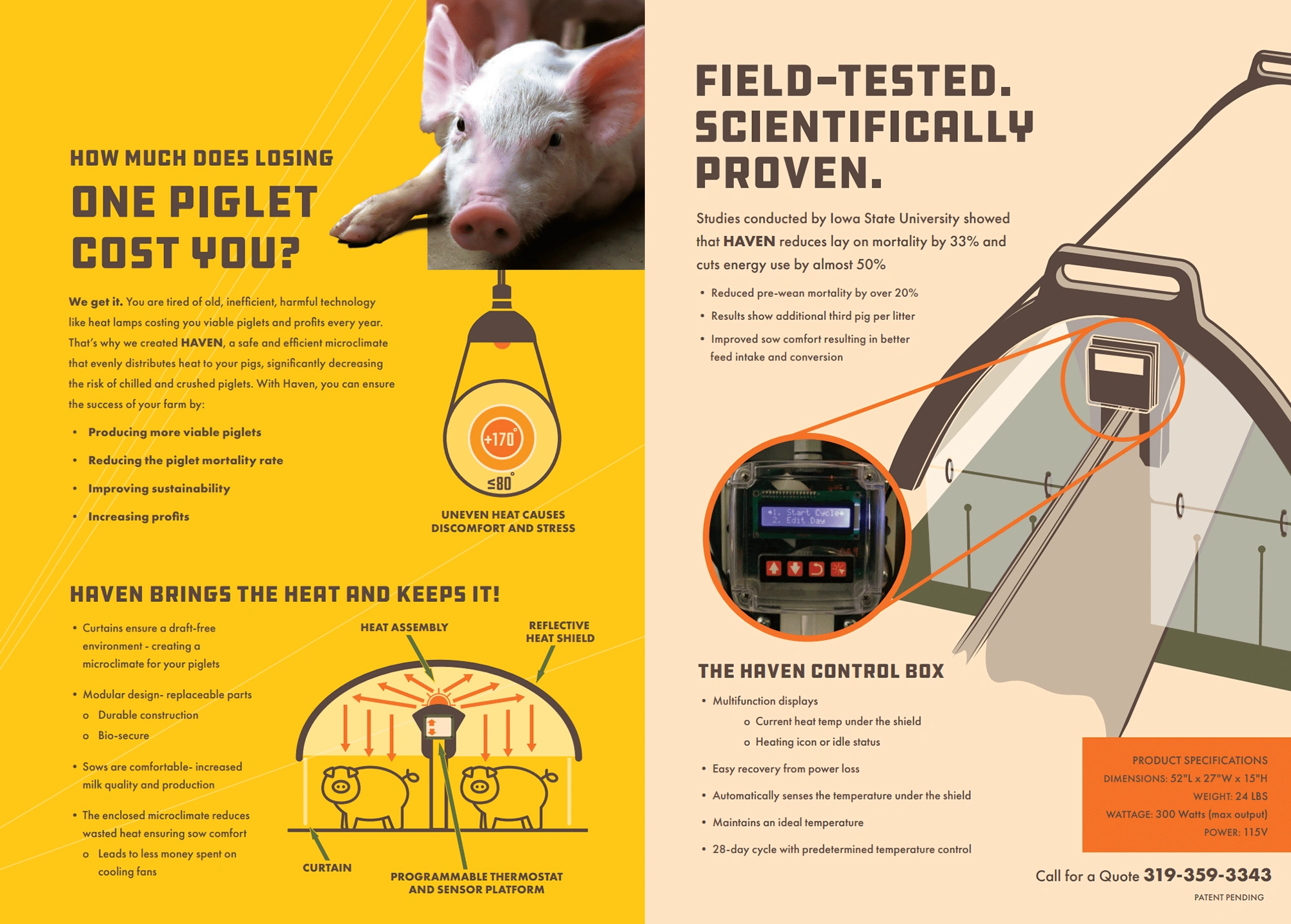
5 Emerging AgTech Industry Trends (2024)
You may also like:
Current estimates point to the world’s population hitting 9.7 billion in 2050.
In order to keep up with that growth, the agriculture sector is under pressure to significantly ramp up the amount of food it produces. And do so using environmentally sustainable practices.
Agtech is a big part of the solution.
This sector focuses on producing high-tech tools that improve crop yields, increase efficiency on farms, and drive profitability.
Like all tech sectors, new innovations are constantly being developed. This report will take you through the five latest agtech trends to watch in 2024 and beyond.
Let’s get started.
1. High-tech solutions ease labor shortages and boost efficiency
Searches for “AgTech” are up 179% over 10 years.
In the past, the majority of ag workers have been immigrants (legal or undocumented) working for low wages or family farmers who took over the business from their parents.
This trend is quickly changing.
Immigration crackdowns often mean there aren’t enough people to fill positions.
Also, farmers are aging — the average age of a farmer is now 57.5 years old.
The average age of farmers increased by more than one year over the course of five years.
By 2029, the number of people working as farmers, ranchers, and in other ag professions is expected to drop by 6%.
With all of these people leaving the industry, robots are stepping in.
Affordable, smart, AI-powered machines are now dramatically expanding due to their ability to improve efficiency, especially when it comes to harvesting.
In 2024, we expect to see an increase in the number of autonomous machines being utilized to harvest delicate crops, crops that are usually picked by hand.
Root AI recently introduced Virgo: a robot that more closely resembles a human than nearly anything that’s come before it in the world of agriculture.
Virgo can pick delicate tomatoes without crushing them, something that used to be a task for humans.
Its operation involves several steps, all powered by various pieces of advanced technology.
The camera scans the tomatoes, computer vision senses if they’re ripe or not, sensors make sure they can distinguish leaves from fruit, and a robotic arm grabs the tomato and flips it into the storage area of the robotic unit.
Unlike most other AI robots, which are designed with specificity in mind, Virgo is being developed with the goal of being used to pick multiple types of fruit.
Root AI was recently acquired by vertical farming company AppHarvest for $60 million.
John Deere, one of the largest tractor manufacturers in the world, is bringing automation to field crops.
The company unveiled a fully autonomous tractor at CES 2022.
The tractor works with very little human intervention. Farmers control it from their app and are notified via the app if anything goes awry.
Monarch, a company that’s only been around for a few years, has a similar tractor that’s 100% electric. It’s currently in use in California, Oregon, and Washington.
2. Farming comes out of the fields
There are currently more than 2,000 vertical farms in the US.
The total market value of vertical farming is expected to top $1.4 billion by 2026.
Searches for “vertical farming” show a steady upward trend (27% in 5 years).
In vertical farms, also referred to as controlled environment agriculture, the crops are grown in vertically stacked layers — picture skyscrapers of spinach plants growing inside a large warehouse.
Leafy greens and herbs are two of the most popular crops grown with vertical farming.
These indoor farms seem to have everything a grower would want: faster growth, higher yields, very little water, and no pesticides.
Some estimates say vertical farming is 100 times more productive per square foot of farmland.
How are these types of results possible?
Because of the structure of vertical farms, crops are usually grown without soil.
There are also specific processes to optimize light, moisture, and temperature.
Phillips’ LED lighting offers vertical farmers the opportunity to control the color spectra and the light levels to create just the right “light recipe” for their crops.
They’ve been able to reduce nitrate concentrations in leafy greens, boost vitamin C levels in arugula, and extend the shelf life of some crops — all by precisely adjusting the lights.
The moisture level of vertical farms is also tightly controlled. Aeroponic technology, in which the plants are misted with targeted water, nutrients, and oxygen, is used in most.
To many industry experts, aeroponic technology offers benefits that make it superior to traditional agriculture.
AI systems and sensors are used to monitor and adjust the temperature inside the building, carbon dioxide and oxygen levels, root temperatures, and other important metrics.
These automated tech solutions are driving down costs for vertical farmers. IGS (Intelligent Growth Solutions) says their system can reduce labor costs by 80% and energy costs by 50%.
AppHarvest is one vertical farming business that’s had great success in its five-year history as a company.
AppHarvest uses hybrid lighting, AI management, tech-monitored pollination, and robotic harvesting in its vertical farms.
3. Water management solutions benefit farmers and the environment
With world population and urbanization on the rise, water scarcity is a real concern for those in the agriculture industry.
Agriculture accounts for about 70% of all freshwater withdrawals in the world. However, up to 40% of that water is lost to the environment because of evaporation, poor water management, and inefficient irrigation systems.
Today, agtech companies are working to increase the productivity of the water used and optimize the water management process.
Variable-rate irrigation (VRI), for example, gives farmers the ability to customize the amount of water that gets to each part of the field.
This type of irrigation isn’t necessarily new, but the precision of the tool is being greatly increased by technology solutions. VRI is now so accurate that farmers can adjust irrigation down to each square foot of land.
Soil maps and software allow the farmer to adjust irrigation rates based on baseline metrics, weather conditions, and planting densities.
Soil moisture sensors are also becoming popular.
These can be deployed in the soil itself, but satellite soil sensors are also available.
Satellite sensors send data to an app and provide farmers with a plethora of information so they can create efficient irrigation schedules.
Satellite imagery of soil can guide irrigation management.
Some tech firms are going so far as to change the structure of water in order to make it a more efficient resource.
AQUA4D, a Swiss water technology company, has created a system that alters the physical structure of water. The treated water penetrates soil better, is more efficient, and optimizes irrigation.
Their process does not involve any wastewater or consumables, making it incredibly environmentally friendly.
AQUA4D’s irrigation technology has applications around the globe.
4. Agricultural drones become key tools
The USDA reports that the average farm size is 444 acres.
To put a picture in your mind, one acre measures just a bit bigger than a football field, so the average farm in America is comparable to 444 football fields.
Monitoring all of that land with the human eye is tedious and costly. That’s where agtech drones come into play.
Search results for “agricultural drone” are gaining momentum (up 250% in 5 years).
The market for these drones is expected to grow at a CAGR of 20.3% through 2032.
Emergen Research projects the agricultural drone market to hit $9.63 billion in 2027.
Highly-specialized drones have many uses that can increase crop yields and automate farming processes.
For example, drones can complete crop monitoring with relatively little human guidance.
There’s a special technology used in these drones: Normalized Difference Vegetation Index (NDVI).
This allows the drones to “see” the colors of plants, thereby gauging the health of the plants. When farmers are alerted to the presence of stressed plants, they can take action to save the crops before it’s too late.
Drones are also being used to plant seeds.
This is especially useful in the forestry industry because it’s often too dangerous or too time-consuming to get the seeds where they need to go.
One report says it only takes two human operators to send out 10 drones. Those drones are able to plant 400,000 trees per day.
Farmers are also embracing drones to spray crops with herbicides and pesticides.
The drones are able to be extremely accurate in their spraying, and they release the optimal amount of spray.
Using drones also decreases human exposure to potentially harmful chemicals.
One drone company, Guardian Agriculture, manufactures a crop-dusting drone that can cover 40 acres per hour and its spray location is accurate down to a few centimeters.
They recently raised $10.5 million in a seed round, securing investments from big-name ag players like Bayer and Wilbur-Ellis.
Guardian Agriculture’s drone technology could offer huge benefits to farmers and to the environment.
Tevel Aerobotics is another agtech company that’s on the cutting edge of autonomous drones.
The company has developed Flying Autonomous Robots that pick fruit.
Tevel’s flying robot is optimized for harvesting fruit.
The robot features vision algorithms that enable it to detect fruit of the correct size and ripeness before it picks it. Balancing algorithms prevent it from squeezing the fruit too tightly.
Since the fruit-picking process costs producers $100 billion in labor each year, these robots could drive a huge ROI for growers.
Many see the promise of this technology. Tevel has raised nearly $40 million in funding.
5. Tech solutions for animals
Livestock farmers are adopting high-tech solutions just as much as crop farmers.
Take automated milking systems, for example.
For hundreds of years, dairy farmers have gone out to milk their cows three times a day, 365 days each year.
Automation is changing that.
Automated milking systems are one solution that’s been getting a lot of attention lately. Although the technology has been around for a while, farmers (typically late adopters) are just now ready to launch the technology on their farms.
These systems are run by fine-tuned robots that do the milking with no human interaction at all. They can milk 50 to 70 cows per hour.
Robotic milking machines feature a variety of features that make the milking process easier for cows and more efficient for farmers.
Cows can enter the milking parlor whenever they wish. This improves cow welfare because cows spend less time in the milking parlor and can rest or eat instead. They also aren’t forced to stand around, waiting for the farmer, with an uncomfortably full udder.
The system also scans the milk, looking for possible abnormalities or health problems in the cow.
One study showed that these systems can result in a 62% reduction in time devoted to milking-related activities and an increase in milk production for at least one-third of dairy farmers.
Many tech companies are also developing solutions aimed at increasing animal welfare.
FarrPro has a Unified Production System that helps farmers create the perfect barn environment.
Ear tags placed on pigs send data on body temp, problematic behaviors, and early signs of illness. It even tracks a pig’s sleep!
FarrPro’s system makes piglets warmer and safer.
The company also has a specialized heating system for recently born piglets and their mother. A programmable thermostat and sensor keep the heat at optimal levels and cut energy use by 50%.
According to the company, the system provides data insights, prevents disease outbreaks, reduces antibiotic use, and safeguards the protein supply chain.
Conclusion
The agtech market isn’t slowing down any time soon. Experts say it will climb to $43.37 billion by 2030.
Whether we’re talking about monitoring crops or animals, tech solutions are the future in this space.
As labor shortages worsen, we expect to see more emphasis on automated solutions in the coming months. Farmers and livestock owners may soon find that this is the only way to ensure profitability.
Consumers who are concerned about the environment and animal welfare are also making their voices heard. Look for more agtech offerings to focus on sustainability, reduced exposure to chemicals, and enhanced monitoring.
Stop Guessing, Start Growing 🚀
Use real-time topic data to create content that resonates and brings results.
Exploding Topics is owned by Semrush. Our mission is to provide accurate data and expert insights on emerging trends. Unless otherwise noted, this page’s content was written by either an employee or a paid contractor of Semrush Inc.
Share
Newsletter Signup
By clicking “Subscribe” you agree to Semrush Privacy Policy and consent to Semrush using your contact data for newsletter purposes
Written By


Josh is the Co-Founder and CTO of Exploding Topics. Josh has led Exploding Topics product development from the first line of co... Read more


